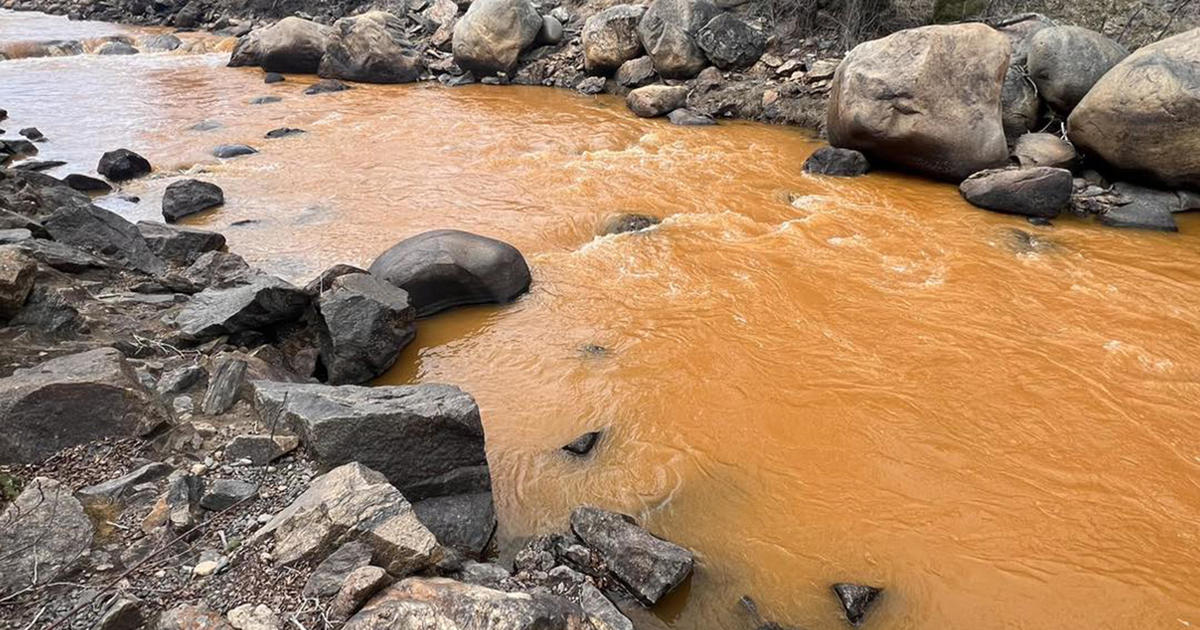CBS4′s Day Recalls Another Icelandic Ash Cloud
 The disruption in European jet travel caused by an Icelandic volcano would probably not have grounded the cocky U.S. Air Force pilots who welcomed me into their large cockpit more than 37 years ago.
The disruption in European jet travel caused by an Icelandic volcano would probably not have grounded the cocky U.S. Air Force pilots who welcomed me into their large cockpit more than 37 years ago.
After flying out of Keflavik Airport, our propeller driven C-130 headed toward one of the most destructive volcanoes in Icelandic history on the island of Heimaey. The eruption, on January 23, 1973, had nearly buried the small fishing community of Vestmannaeyjar in volcanic debris and threatened to seal off its vital port with flowing lava.
The American military was launching a major relief effort. I was a Navy journalist, stationed in Iceland, and sent to Vestmannaeyjar as part of a 3 man film crew to cover the action for American Forces Television.
As we circled the town's only airport, the flight crew knew there was no choice. To land, the plane had to fly directly through the ash cloud which was being blown across the final approach to the lone runway.

I had a birds eye view seated in the back row of the flight deck. What I remember the most was the sound. It was like grey hail pelting the windshield.
One of my colleagues had gotten approval from the flight commander to unbuckle and stand during our landing. He now held the movie camera with the idea of rolling during this dramatic descent.
The pilots got a laugh out of his idea. They told my friend there was no way and warned him to hang on.
We felt the wheels touch down. There was a tremendous braking sensation.
The cameraman pitched forward and wound up on the floor of the cockpit. C-130s, we learned the hard way, were designed for extremely short take-offs and landings.
No one seemed to give any thought to what the volcanic dust might have done to our prop engines. The pilots, as I recall, never mentioned it.
Giant forklifts were unloaded from the belly of the C-130 to help with the relief effort.
Our film crew had only a couple hours to photo document the besieged village.

Pictures show mattresses and other household goods were loaded onto other aircraft as part an evacuation. In another image, a wall of lava can be seen behind homes as it threatens to choke off the town's habor.

We flew out the same way we came in -- through the ash cloud-- and made it safely back to Keflavik that evening.

More About The Volcano
One of the most destructive volcanic eruptions in the history of Iceland -- Eldfell -- began in the early morning of Jan. 23, 1973, near the Nation's premier fishing port, the town of Vestmannaeyjar, on Heimaey, the only inhabited isle in the Vestmannaeyjar volcanic archipelago. Before the eruption was over, approximately one-third of the town of Vestmannaeyjer had been obliterated, but, more importantly, the potential damage probably was reduced by the spraying of seawater onto the advancing lava flows, causing them to be slowed, stopped, or diverted from the undamaged portion of the town.
The photos above and below are from slides Paul Day has kept all these years.








